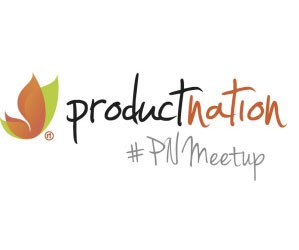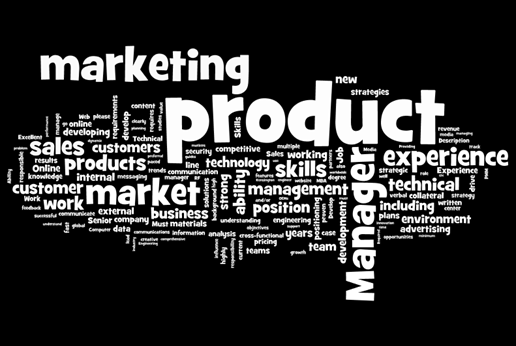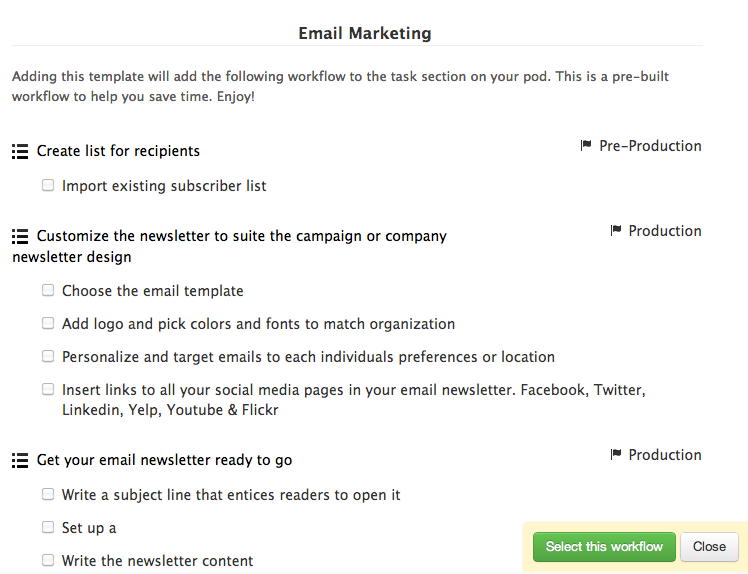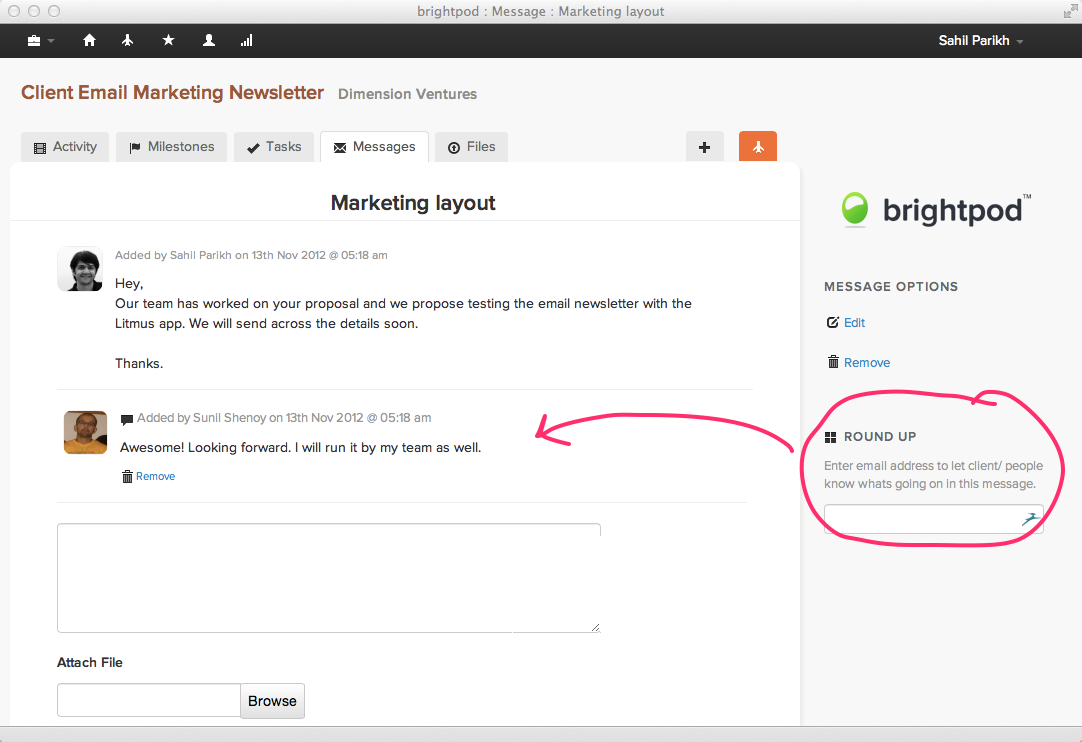What common principles underlie success of software product companies such as Newgen, Nucleus, Tally, Polaris, Srishti, Mindmill, Quest informatics, Druvaa, Infrasoft, Zoho etc?. Kim and Maubrogne (1997) in their analysis of high growth companies found that these companies focus on bettering themselves, continuously let unprofitable customers go, and shed commodity resources/skills. Collins (2001) in his widely acclaimed book “good to great” identifies, the value of executive leadership, getting the right people, focus on what a company is good at and creating a culture of discipline, as the core principles of great companies. On the product development side, Reis (2011), Brown and Eisenhardt (1998) have brought out the value of building core (Minimum viable product or MVP) to reduce time to market and patching modules against market opportunity. In this article, Browne & Mohan consultants synthesize their learning of working with software product companies.
Market selection
While many product companies start off as services companies and later productize-their services, successful ones are those that operate in markets with periodic changes in regulatory requirements, witnessing newer investments to scaling and growth of enterprises in the industry and operational friction exists due to proprietary approaches or tools. Long term sustaining software product companies also look at markets where large MNC products exist, product acquisitions are on raise and MNC’s are unable to address non-behemoth companies in that sector.
Strategic Imitation, not Innovation
While it is fashionable for academics to talk about first-to-market, most successful product companies are strategic imitators. They allow the first-mover to discover the key features, educate early customers, but ride on a me-too quickly to capitalize on the market growth. This helps in lower S&M costs and improved ROCE.
Seek ideas fly from all; focus on what not to do.
Successful product companies seek ideas from multiple sources, beta clients, product demo teams, end users, etc. But build the product looking at where the friction is highest, pain is unbearable and intension to pay is highest.
Design a product for reuse and as platform
Design the product for big picture, but strip down to basic version to design first and market test. Later modules must be used for versioning and bundling. Build modular products and products that could be used in cloud or on-premise environment. Focus should be on minimizing customization, and reduce variety at early stage to benefit from low code, feature and support variety.
Invest in multiplicative Ecosystem.
Successful product companies must learn to exploit the product ecosystem. Whether it is the technology OEM you have an ISV relationship with, analyst relationship, or a sales partner, they are good levers to reduce investments in your set-up (people and other paraphernalia). Align your sales resources to maximize the self-interest of partners. Align with OEM account manager to acquire new customers and “sales focused” no product companies in international markets to expand. Partners and resellers help in market coverage, delivery and post-deployment support. Invest in marketing and vendor management resources, processes including training and certification realised better results. Use every platform provided by technology OEM to brand and reach out to market. Academic institutes and interns are a good platform to explore open innovations. Ideas for new products, GUI modifications, market research, pricing and competitive intelligence and in fact product development can all be areas where qualified resources can be employed to your company’s gain.
Keep sales structure lean and mean
Successful product companies need sales teams where the client opening meetings may happen through marketing events or resources on street, closures can only happen if they have sales team that can inform and influence at senior levels of organizations. Named account strategy will work if the client organizations can be identified a priori, they are far and few and the sales team has the ability to penetrate those accounts at all levels.
Invest in sales operations
Successful product companies invest in sales operations units, often led by a visibility into last mile was high and the sales teams were mean and lean.
Credible and Consultative Pre-sales
To be a successful product company, invest in pre-sales who enjoy problem solving and consulting. Use various platforms to positions them as solution providers, thinkers, etc. Arm them with couple of certifications, it helps to open many a closed minds in many parts of world.
Profitable license sales
Many companies do not have the mix of license, support and deployment worked out in detail and with sales pressures may accept clients where the license fee has been abnormally discounted. While winning reference customers is a must, not all clients must be treated as referential.
Right pricing, adopt versioning
Use versioning or hosted vs. on-premise or CPU vs. instance prices appropriate to the product environment. Create sufficient variants to allow customers to do self-selection and a feeling of control.
Limited budget, Impactful Marketing
You do not have to splurge a lot to be noticed. In fact, many a business papers have paucity of good stories to tell on innovation, India based product or E-governance product. Invest in couple of resources to engage actively with media and also create appropriate noise on social media.
Many successful product companies have HR talking about the culture, what is unique and so on. Brand all aspects of the company. See in what way your unique induction program can become a business case study or women employees returning from maternity or other long breaks can immerse into the organization becomes an impactful article.
Hire for attitude, perseverance and initiative
Successful software product companies do not need hire noble prize winners, but committed people who would embrace common ambition of the firm. They come with openness and curiosity to learn, improvise activities within their control and innovate over time.
While academic degrees and honours may matter initially, what matters is positivism and attitude. Choose employees who are keen to dirty their hands, shoulder a bit of other roles and open to unlearn. Incentivize employees to attempt, appreciate failures and set them for win.
Rein in service cannibalizing product
Service revenues that come with product installations can be very tempting and wean away the focus away from the product if strongly not reined. Many successful companies find themselves in service cannibalization over time and lose their long term sustainability. Limit your services play and consciously promote partners to support roll out and de-risk yourself.
Risk Management
Product companies that grew and sustained momentum measured the risk and impact of their actions, though mostly subjective. Senior management insisted on developing an approach to estimate risks, their impact, however rudimentary across organizations. Explicit identification and evaluation of risks helped the companies question their assumptions and prepare for back up plans.
De-risk, invest in R&D
Product companies must de-risk from technologies, products, markets and customer segments. Look out for related product usage areas where the product could fit, refurbish the features appropriate to a specific industry and monetize extension of the product knowledge across different customer segments.
With inputs from Pratibha Sharma
Bibliography Brown, S.L. and Eisenhardt, K.M. Competing on Edge: Strategy as Structured Chaos, HBS Press, Boston, 1998. Collins, J. Good to Great: why some companies make the Leap… and others Don’t, Harper Business Press, New York, 2001. Garud,R. Kumaraswamy, A and R.N. Langlois, Managing in the Modern Age, Blackwell, Oxford, 2003. Hagel, J and Brown, J.S. The only sustainable Edge: why business strategy depends on productive friction and dynamic specialization, HBS Press, Boston, 2005. Johnson, R. and Soenen, L. Indicators of Successful Companies, European Management Journal, 2003, 21(3), 364-369. Kim, W.C and Mauborgne, R. Value innovation: the strategic logic of high growth, Harvard Business Review, 1997, Jan-Feb, 75(1), 1012-112 Kopitov, R and Faingloz, L. Ways of transforming aims into results at Successful companies, Technological and Economic Development of Economy, 2008, 14(3), 312-327. Kotter, J.P, Leading Change, HBS Press, Boston, 2008. Leonard, D. Wellsprings of Knowledge: Building and Sustaining the Sources of Innovation, HBS Press, Boston, 1995. Morgan, M. Levitt, R.E and W. Malek, Executing Strategy: How to break it down and get it done, HBS Press, Boston, 2007. Schnaars, S.P. Managing Imitation Strategies, Free Press, New York, 1994.






















